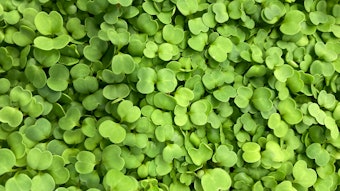Polymers are compounds made from monomers that are joined together in a chemical process. There are many different types of polymers including condensation polymers, radical polymers and biopolymers.
Biopolymers are a specific class of polymers made by living organisms using enzymatic pathways. They are critical to life processes. Biopolymers include: enzymes, structural components and energy sources; the DNA, RNA and nucleotides that are responsible for storing information, copying it and directing synthesis of the proteins; cellulose; starch; amino acids; and nucleotides.
Biopolymers are increasing in popularity in cosmetic science since they are natural and sustainable raw materials. Sugars and cellulose are abundant biopolymers and some of the most common organic compounds. Nearly 33% of all plant matter is cellulose; for example, the cellulose content of cotton is 90% and the cellulose content of wood is 50%.
The synthesis of biopolymers and the precision of enzymatic systems result in the specific structure of biopolymers. Other polymer synthesis schemes lack this specificity. This precision is a requirement for living systems because enzymes work like a lock-and-key on substrates. Even small imperfections in structure can render these materials inoperative.
Organic synthesis routes lead to molecular distribution. The polymers produced from organic synthesis are not single compounds but a mixture of related positional isomers. The cosmetic chemist deals with these Gaussian distributions in everyday formulations.
The quest for biodegradable, sustainable and renewable raw materials in the personal care industry will drive formulators to consider biopolymers as raw materials. Some current examples of biopolymer-based surfactants include sucrose esters and alkyl polyglycosides.










